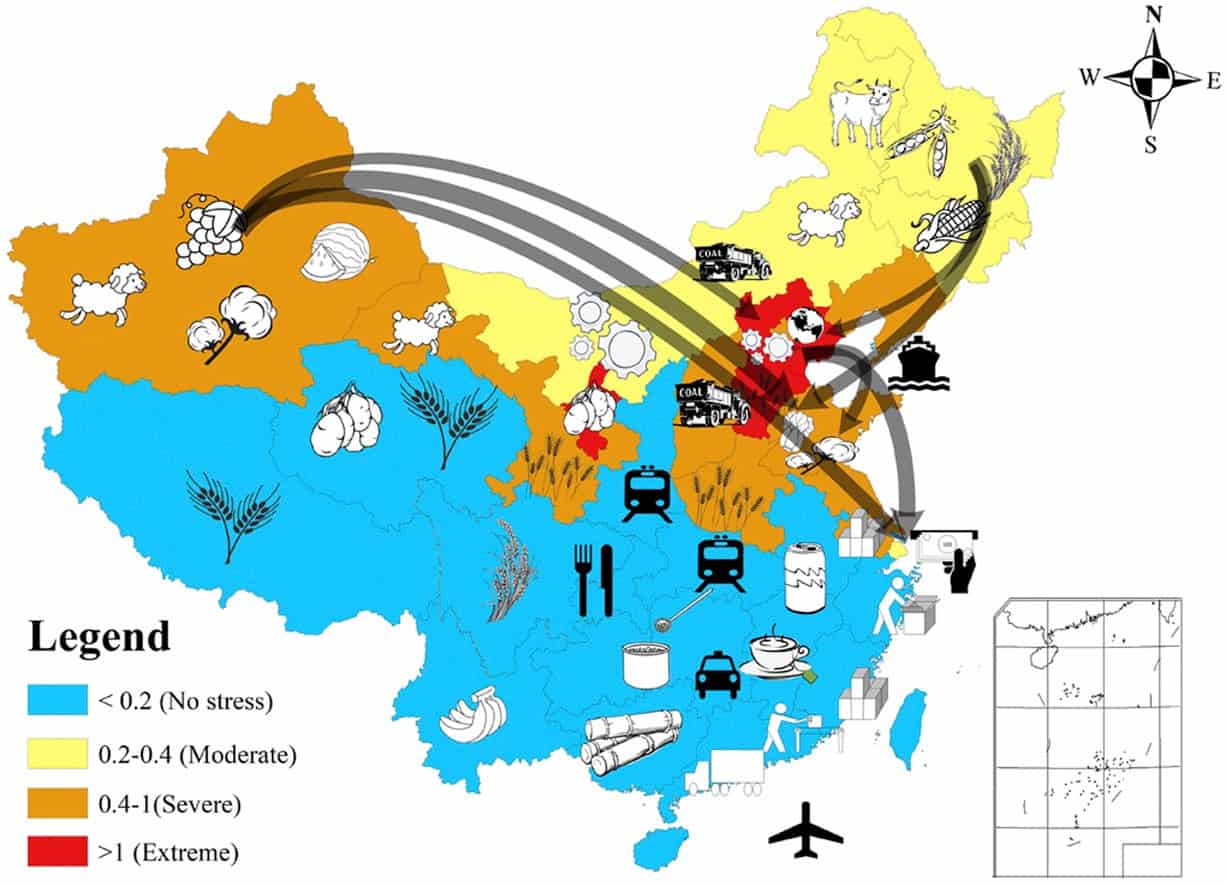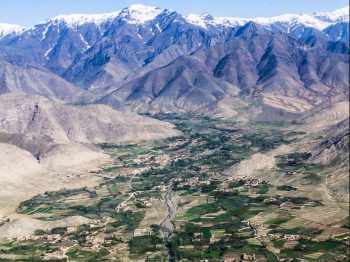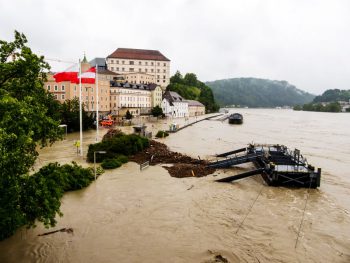Understanding virtual water trade
Virtual water trade refers to the unseen flow of water if food or other commodities are traded from one place to another. The virtual water hypothesis states that water-deficient regions or countries could alleviate water stress by simply importing water-intensive products – in other words, products that require a lot of water during the production process – from water-abundant regions or countries. Although trading patterns often don’t support this hypothesis, there is a lack of research that explores the reasons behind this. To fill this gap, a team of researchers from IIASA quantitatively introduced comparative advantage theory to track the driving forces of net virtual water exports. They based this on the distribution of resource productivity over space and time, and the opportunity costs of land, labor, and water use in agricultural and non-agricultural sectors across Chinese provinces between 1995 and 2015.
China was chosen as the research focus area for several reasons. First, the country’s regional development shows a persistent imbalance with pronounced disparity in factor productivity (the portion of output not explained by traditional inputs like labor and capital used in production) and differences in resource endowment (the amount of land, labor, and capital a country can use for manufacturing). Regional specialization and economic booms have led to significant increase in interregional commodity trade as well as virtual water flows embodied in trade. Second, as the largest exporting country and the second largest economy in the world, China’s exports present a significant part of the global economy. The dynamics of interregional trade structures within China could therefore have significant implications for global trade and the global economy.
Figure 1: Virtual water flows in trade from water-scarce regions to water-rich regions.
The team’s findings revealed that regional differences in land productivity between the agricultural and non-agricultural sectors are the main forces shaping the pattern of virtual water flows across regions, whereas other resources such as labor and water have played a less important role. The regions that tend to show a net import of virtual water flows, such as southern China, are also the ones that have high opportunity costs for their land resources. These regions also gain higher shares of value added by using their land for nonagricultural production and importing agricultural products, even if they have fertile land and rich water resources. The results suggest that efforts to increase the land productivity of agriculture in the southern regions would contribute to reducing water scarcity in the North and Northeast China Plains.
The study is an excellent example of how an innovative coupling of economic theories with natural resource management can explain the counter-intuitive phenomenon of the virtual water flows in trade from water-scarce regions to water-rich regions in the context of China.
References
[1] Zhao D, Hubacek K, Feng K, Sun L, & Liu J (2019). Explaining virtual water trade: A spatial-temporal analysis of the comparative advantage of land, labor and water in China. Water Research 153: 304-314.
Further information
- Beijing Forestry University, China
- Southern University of Science and Technology, China
- University of Maryland, US
- Masaryk University, Czech Republic
- University of London, UK






